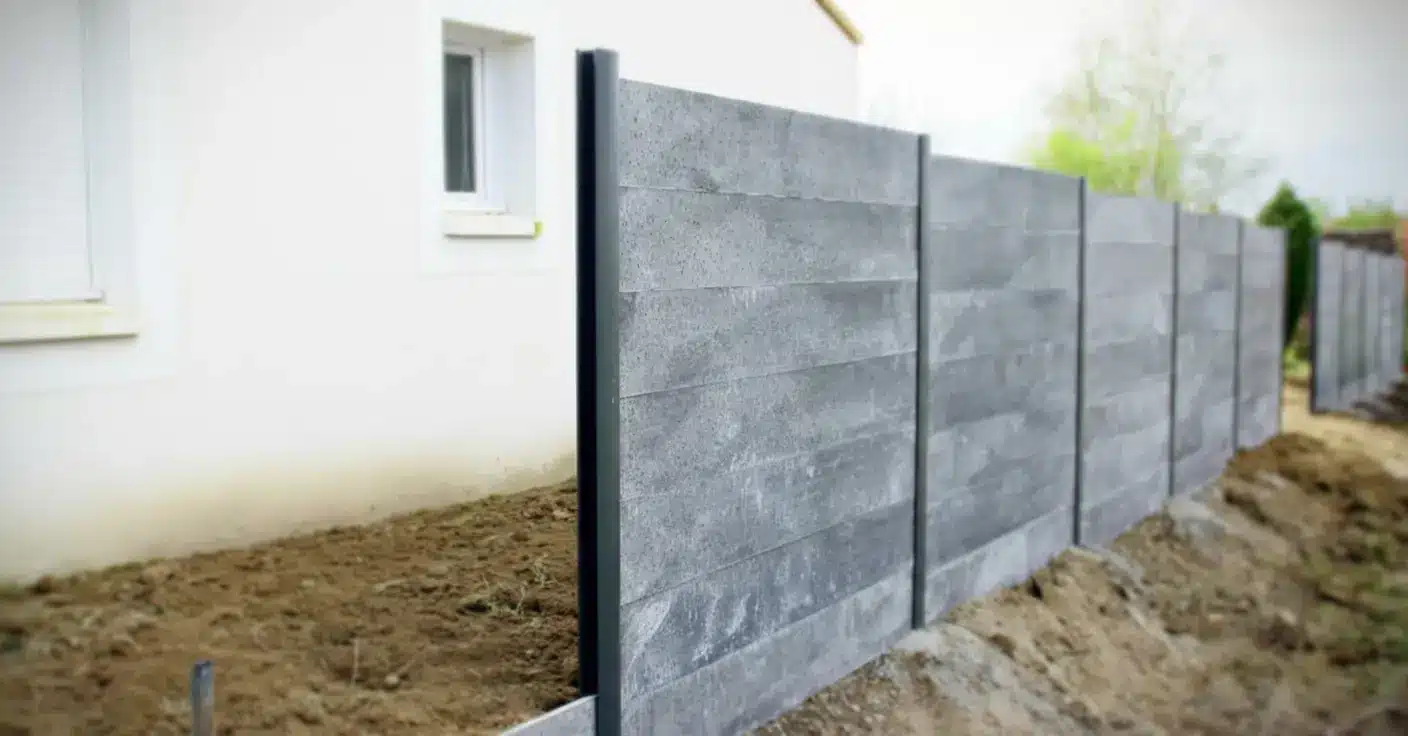Thinking about building a boundary wall to finally claim your kingdom (or at least keep the neighbor’s dog at bay)? Before you get your trowel and bricks ready, let’s dive into the sometimes-surprising rules that govern just how high—and how far—you can build that fortress. Spoiler: there’s a lot more bureaucracy than Game of Thrones!
What Counts as a Boundary? Not Just Walls!
- Hedge
- Wire fencing (grillage if you want to sound fancy)
- Palisade
- Wall (brick, concrete, breeze blocks or, who knows, maybe something more unconventional)
The tool you choose to separate your property is up to you—but if you opt for a solid wall, you’ll have the strongest defense against unwanted entry. That said, walls come with their own set of fascinating rules.
Putting Up a Wall: Initial Steps
It’s tempting to just start stacking bricks, but the smart move is to have your land boundaries clearly marked before laying a single stone. This isn’t legally required unless your neighbor insists, but it’s a great way to avoid future squabbles—no one wants a drama over ten centimeters of disputed grass.
But beware! If your land comes with a “servitude de passage”—a right-of-way for the neighbor—you can wall off your yard, but you must leave a passage (like a gate or a door). Yes, even fortresses need emergency exits, especially if there’s a neighbor with legal passage.
Height and Distance: Who Makes the Rules?
If you’ve heard that boundary walls can be as tall as you like, you wouldn’t be alone in your surprise. While it may seem chaotic that each local area has its own regulations, that’s exactly how it works. Urban planning rules form an epic novel of regulations—thousands of pages, in fact—and each municipality is its own chapter.
- For hedges, fences, and palisades, specific distance rules usually apply.
- For boundary walls, the rules regarding placement and maximum allowable height depend on the characteristics and location of your land.
So, before you start building, check with your local town hall or city council. They hold the rulebook—and trust us, it’s heavy reading.
Curious about height? The total height of your wall also includes any capping placed on top. Yes, the so-called « chaperon » (or « couvertine » if you want to win at Scrabble) counts; it’s the protective top layer that keeps rain from sneaking in and doing structural mischief. Make sure to measure up to the very tip when checking if you’re within the legal limit.
Building Legally: Avoiding Headaches
Nobody wants a costly mistake or a boundary war! Here’s your pre-building checklist:
- Consider getting your plot officially marked (not mandatory, but handy).
- If there’s a right-of-way (servitude), plan a passage—it’s required.
- Take local peculiarities into account: every locality sets its own requirements for distance, placement, and sometimes even the wall’s appearance.
- Ask the town hall for guidance before doing anything—it could spare you paperwork (and neighbor drama).
- Remember: the wall’s official height includes the capping (chaperon/couvertine), not just the bricks below.
Many residents are surprised: “I didn’t know every town sets its own neighbor rules!” You’re not alone, and even some seasoned homeowners are baffled by how select regulations are interpreted. But, as strange as it sounds, double-checking with your municipality is always the safest bet.
Conclusion: Planning Pays Off
Building a boundary wall isn’t as simple as hauling some bricks and declaring independence! With a mix of common sense (don’t block your neighbor’s legal shortcut) and a dash of bureaucracy (each town is the boss of its own urban rules), you can stay friendly with your neighbors and compliant with the law.
In short: don’t let those fancy regulations or epic rulebooks intimidate you. Take the time to make the right calls: clearly spot your property lines, check for old servitudes, confirm the specifics with your local authority, and measure—right up to that rainy-day-chaperon on top. You’re just a little research away from a peaceful, problem-free wall!

John is a curious mind who loves to write about diverse topics. Passionate about sharing his thoughts and perspectives, he enjoys sparking conversations and encouraging discovery. For him, every subject is an invitation to discuss and learn.






